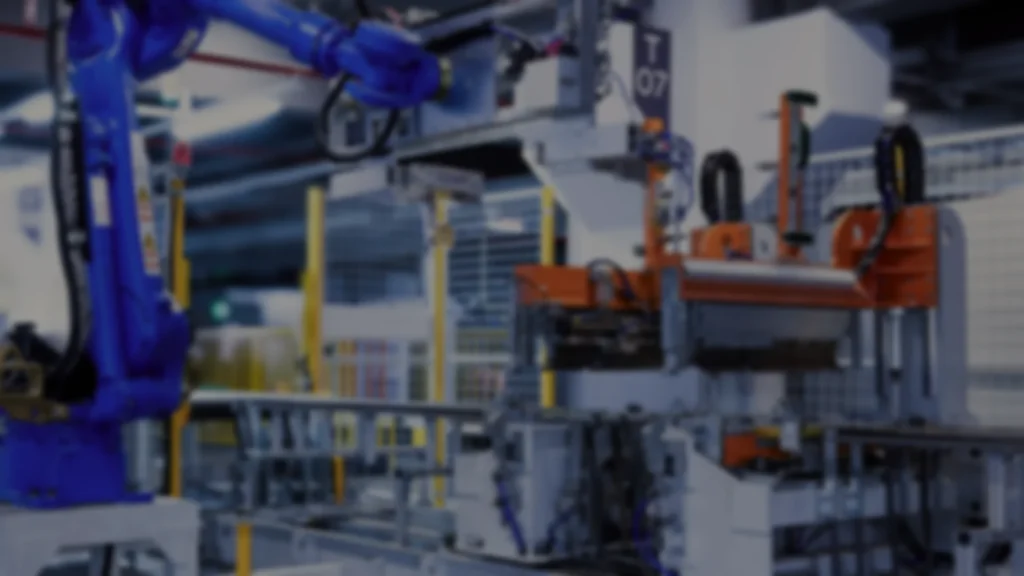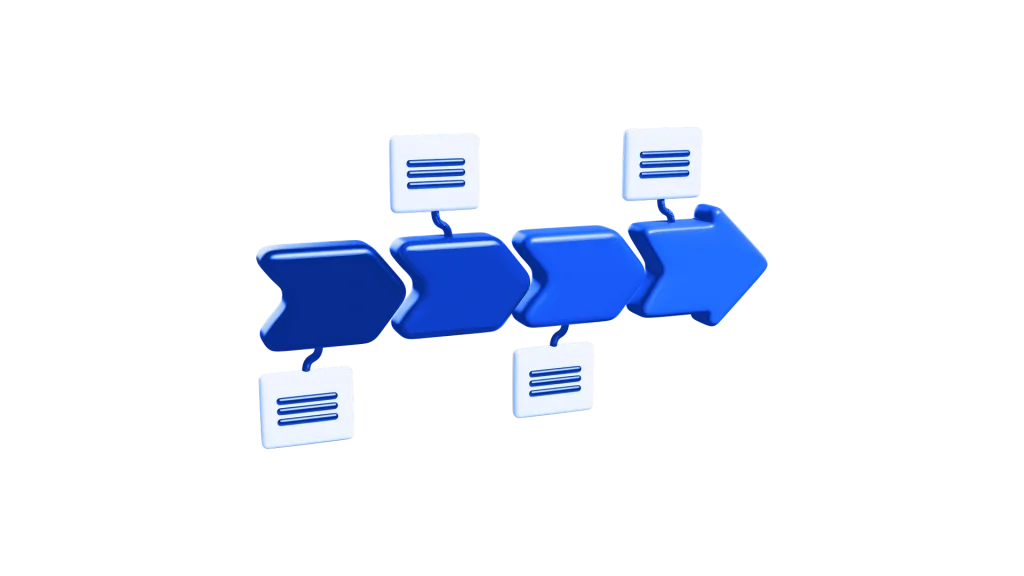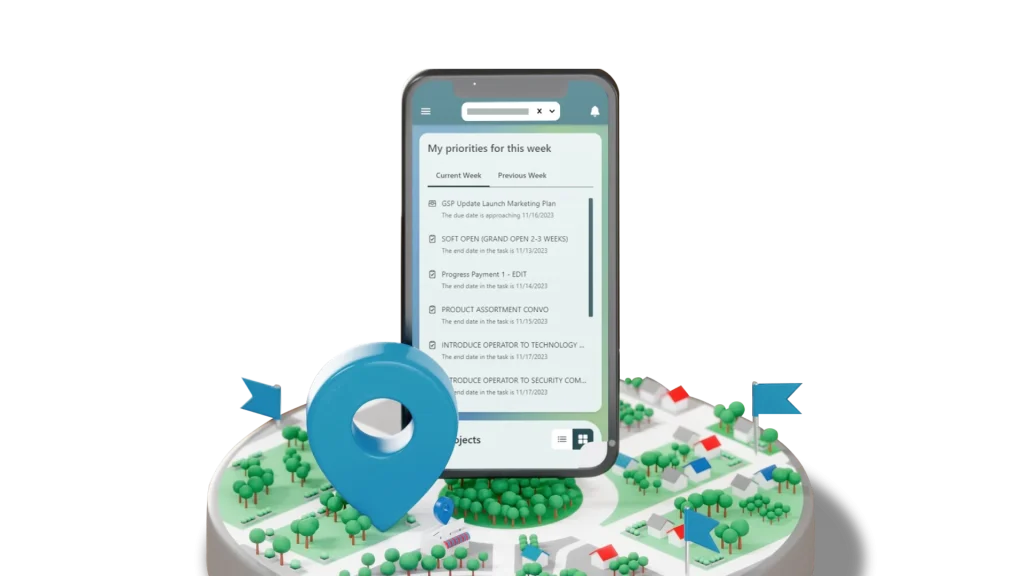Uncover systemic failures before they block your release cycle.
Delivery pipelines often degrade quietly — orphaned jobs accumulate, IaC drifts from its intended state, and legacy modules conceal vulnerabilities. Traditional manual audits take weeks and remain incomplete. We apply our AI Accelerator™ engineering approach together with AI for deployment to drive a full-spectrum audit with deterministic precision:
- Semantic code analysis. Large language models trained on multi-language corpora detect code smells, dead branches, cyclic dependencies, and unsafe patterns. Results are cross-referenced with CVE/NVD databases, OWASP Top 10, and enhanced through mobile software testing tools for immediate exploitability ranking.
- Automated dependency graphing. Graph-based AI rebuilds service boundaries, runtime call graphs, and third-party dependencies. It identifies vulnerable transitive packages, version conflicts, and unpatched third-party modules.
- CI/CD pipeline forensics. Traces from GitHub Actions, GitLab, or Jenkins are parsed into DAGs for analysis. With AI running, models apply anomaly detection to find flaky steps, redundant tests, or resource contention points that increase mean pipeline duration.
- Infrastructure & IAC consistency checks. AI parses Terraform, Helm, and Kubernetes manifests. Drift detection flags config drift, security gaps, unencrypted storage, and non-compliant IAM policies (ISO 27001, SOC 2, HIPAA).
- Risk quantification. Risk scoring is enhanced by mobile app automation testing — each finding is weighted by likelihood and business impact to create a prioritized backlog.
The outcome is a machine-validated system blueprint: a ranked, actionable list of risks and bottlenecks across code, pipelines, and infrastructure, enabling precise investment in fixes that shorten lead times and harden releases.




































